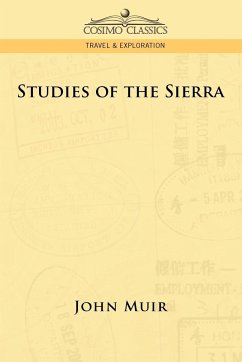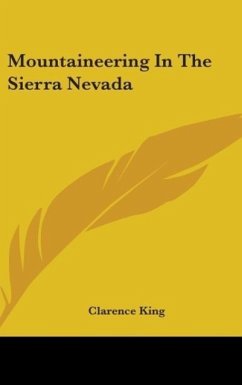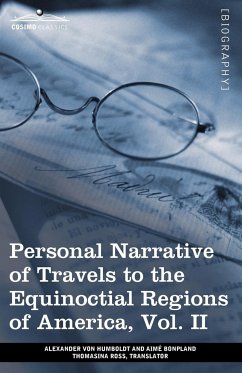Though the gigantic glaciers of the Sierra are dead, their history is indelibly recorded in characters of rock, mountain, cañon, and forest; and, although other hieroglyphics are being incessantly engraved over these, "line upon line," the glacial characters are so enormously emphasized that they rise free and unconfused in sublime relief, through every after inscription, whether of the torrent, the avalanche, or the restless heaving atmosphere. -from "Ancient Glaciers and Their Pathways" Perhaps the most important of the founders of the modern conservation movement and an immense influence on animal-rights philosophies, John Muir was a champion of the preservation of unspoiled wilderness. His studies and surveys of Yosemite Valley and the Sierra Nevada mountains in the late 19th century-and his love of their untamed beauty-led directly to federal protection of vast ranges of virgin Western lands. Here, in one volume, are seven articles Muir wrote for Overland Monthly in 1874 and 1875 that contributed enormously to our understanding of the rugged landscapes of Yosemite Valley, one of the great natural treasures of North America. His explorations of the land and the facts he so painstakingly gathered about soils, the impact of ancient glaciers, and the formation of its mountains were of inestimable value to the geologists of his day, and continue to fascinate nature lovers today. A legend of the American West and the careful guardianship of the environment-as well as the freedom the natural world represents-Muir's writings are must reading for anyone who appreciates the wild splendor of our planet. Also available from Cosimo Classics: Muir's Letters to a Friend and Steep Trails. OF INTEREST TO: fans of Muir's life and work, armchair naturalists AUTHOR BIO: Scottish-American naturalist, explorer, and writer JOHN MUIR (1838-1914) helped found the Sierra Club in 1892, and served as its first president. He wrote numerous articles for such publications as Atlantic Monthly, Harper's, and the New York Tribune; among his many books are The Mountains of California (1894), Our National Parks (1901), The Yosemite (1912), and Travels in Alaska (1915).
Hinweis: Dieser Artikel kann nur an eine deutsche Lieferadresse ausgeliefert werden.
Hinweis: Dieser Artikel kann nur an eine deutsche Lieferadresse ausgeliefert werden.








